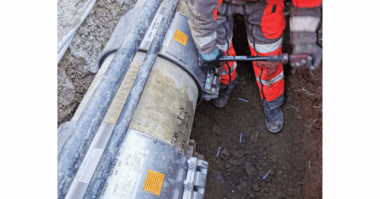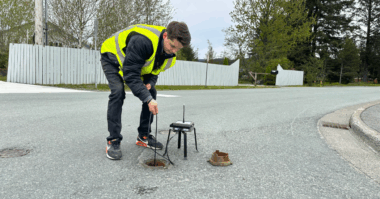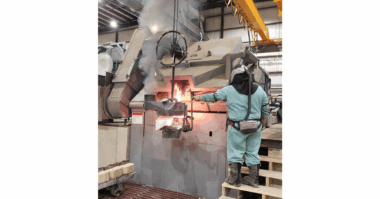San Jose Water gets proactive about main breaks and water loss
For many cities throughout the country, severe drought conditions have reduced water sources, making water an even more invaluable commodity. San Jose Water was faced with such a challenge after one of the worst droughts to the region in U.S. history. After a successful pilot program, the utility selected EchoShore®-DX sensors from Mueller Water Products to become a central part of its water loss control program.
Drought Recovery
Since 1866, San Jose Water has grown to serve more than 1 million customers in a 140-square-mile-area in Silicon Valley today. From 2011 to 2017, the state of California at large experienced one of the worst droughts to the region in history, reducing many reservoirs and resulting in a statewide emergency and pressure on residents and utilities to find ways to both cut and conserve water.
“The recent historic drought in California and subsequent calls for customer conservation raised aware- ness as well as customer expectations for San Jose Water to take proactive steps towards effective and active control of its real-water loss,” said Jake Walsh, director of capital planning & asset management for San Jose Water. As a result, San Jose Water implemented a pilot water loss control program that would quickly capture, correct and prevent water loss within the distribution network.
The Search for a Strategic Approach
San Jose’s water distribution network consists of about 2,400 miles of water mains. Previously, the utility used a traditional approach to leak detection, waiting for leaks on its buried water mains to surface before it would intervene, and an annual proactive inspection program for its above grade water mains. For the new pilot program, San Jose Water was in search of a technology that would allow them to take a more strategic approach to capturing and preventing water loss.
San Jose Water reached out to Echologics during the initial phase of the pilot, and EchoShore-DX sensors were recommended as the techno- logical solution for the project. The acoustic sensors, embedded into hydrant caps, capture acoustic sound waves travelling through the pipe and use the resulting data file to correlate leak locations.
Initial results were positive for the San Jose Water pilot project. “Prior to investing in acoustic leak detection, we assumed that leaks were typically surfacing within a few days to a week,” said Walsh. “However, we’ve found quite the opposite and determined that some leaks were non-surfacing for more than 5 years. Within two months of commissioning the units, we found 36 non-surfacing leaks ranging from as small as 3 gph to as large as 30 gpm.”
With the ability to detect under- ground leaks long before they surface, San Jose Water can now focus on regularly assessing the conditions of its water mains. The visualization tools and graphs allow the utility to track points of interest and make determinations regarding field investigations. “The best part of this is that we can schedule these investigations, which allows us to more effectively allocate our limited resources,” Walsh said.
Meeting the Challenge
EchoShore-DX sensors are a critical part of San Jose Water’s leak detection and water loss program, allowing the utility to stay ahead of existing leaks while monitoring for any potential new leaks. It has been able to see tangible benefits of deploying the technology in addition to saving over an estimated 40 million gallons of water to date and will continue to add sensors to its distribution network of about 19,000 hydrants.



